Increased Focus on Preventive Healthcare
The PPG Biosensor Market is benefiting from a heightened focus on preventive healthcare. As healthcare systems worldwide shift from reactive to proactive approaches, the demand for tools that facilitate early detection and continuous monitoring is rising. PPG biosensors, with their ability to provide real-time data on physiological parameters, align perfectly with this trend. The emphasis on preventive measures is likely to drive investments in biosensor technology, as healthcare providers seek to reduce long-term costs associated with chronic diseases. This shift not only enhances patient outcomes but also positions PPG biosensors as essential components in modern healthcare strategies, thereby fostering market growth.
Rising Demand for Wearable Health Devices
The PPG Biosensor Market is experiencing a notable surge in demand for wearable health devices. This trend is largely driven by an increasing consumer inclination towards health monitoring and fitness tracking. According to recent data, the wearable technology market is projected to reach USD 60 billion by 2026, with PPG biosensors playing a pivotal role in this growth. These devices offer real-time monitoring of vital signs, which is particularly appealing to health-conscious individuals. As consumers become more proactive about their health, the integration of PPG biosensors into various wearable devices is likely to expand, thereby enhancing the overall market landscape. This rising demand not only reflects a shift in consumer behavior but also indicates a broader acceptance of technology in personal health management.
Growing Prevalence of Cardiovascular Diseases
The PPG Biosensor Market is significantly influenced by the increasing prevalence of cardiovascular diseases worldwide. With heart-related ailments being a leading cause of mortality, there is a pressing need for effective monitoring solutions. The World Health Organization has reported that cardiovascular diseases account for approximately 31% of all global deaths. This alarming statistic underscores the necessity for continuous health monitoring, which PPG biosensors can provide. By enabling early detection and management of cardiovascular conditions, these sensors are becoming indispensable tools in both clinical and home settings. The rising awareness regarding heart health is likely to propel the demand for PPG biosensors, thereby fostering growth within the market.
Technological Advancements in Biosensor Design
The PPG Biosensor Market is poised for growth due to ongoing technological advancements in biosensor design. Innovations such as miniaturization, improved accuracy, and enhanced connectivity features are making PPG biosensors more appealing to consumers and healthcare providers alike. Recent advancements have led to the development of sensors that can seamlessly integrate with smartphones and other digital health platforms, facilitating easier data access and analysis. This technological evolution is expected to drive market expansion, as more sophisticated and user-friendly devices become available. Furthermore, the introduction of AI and machine learning algorithms in biosensor technology may enhance predictive analytics, thereby increasing the utility of PPG biosensors in various health applications.
Regulatory Support for Innovative Health Technologies
The PPG Biosensor Market is also being propelled by increasing regulatory support for innovative health technologies. Governments and regulatory bodies are recognizing the potential of biosensors in improving health outcomes and are thus streamlining approval processes for new devices. This supportive regulatory environment encourages research and development in the PPG biosensor sector, facilitating the introduction of novel products to the market. As regulations evolve to accommodate advancements in technology, the PPG biosensor market is likely to witness accelerated growth. This trend not only fosters innovation but also enhances consumer confidence in the safety and efficacy of biosensor technologies.


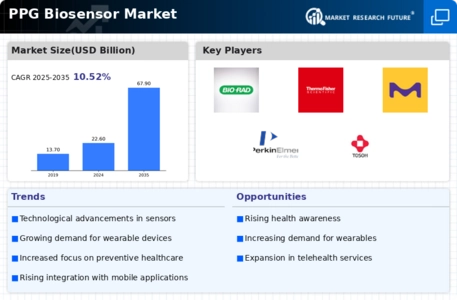
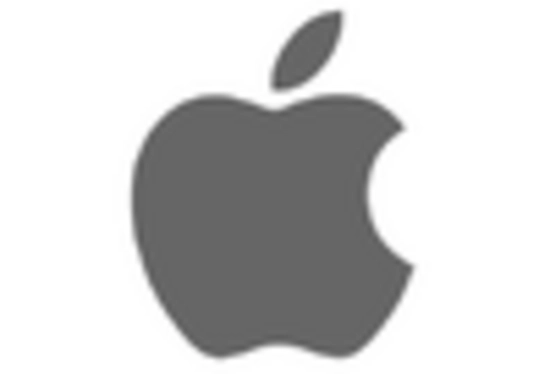

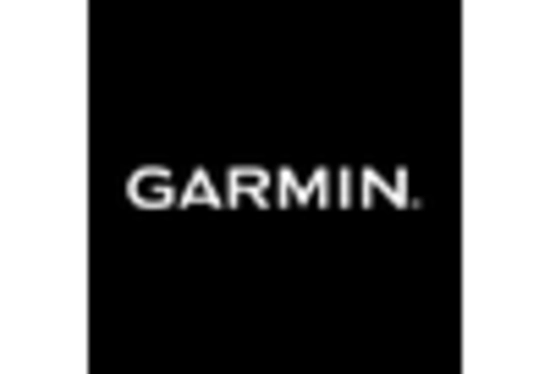
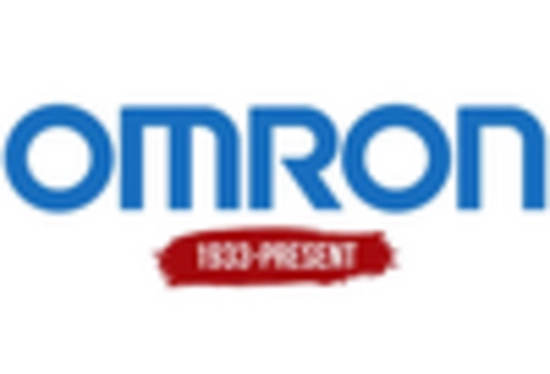


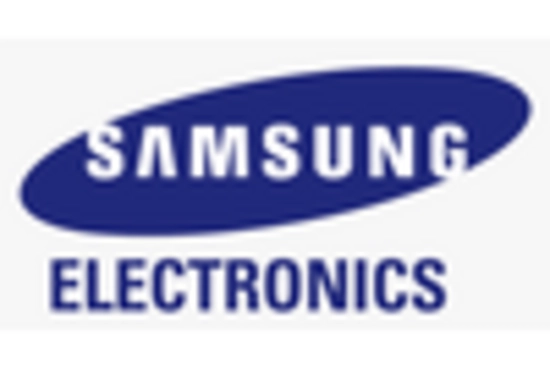








Leave a Comment